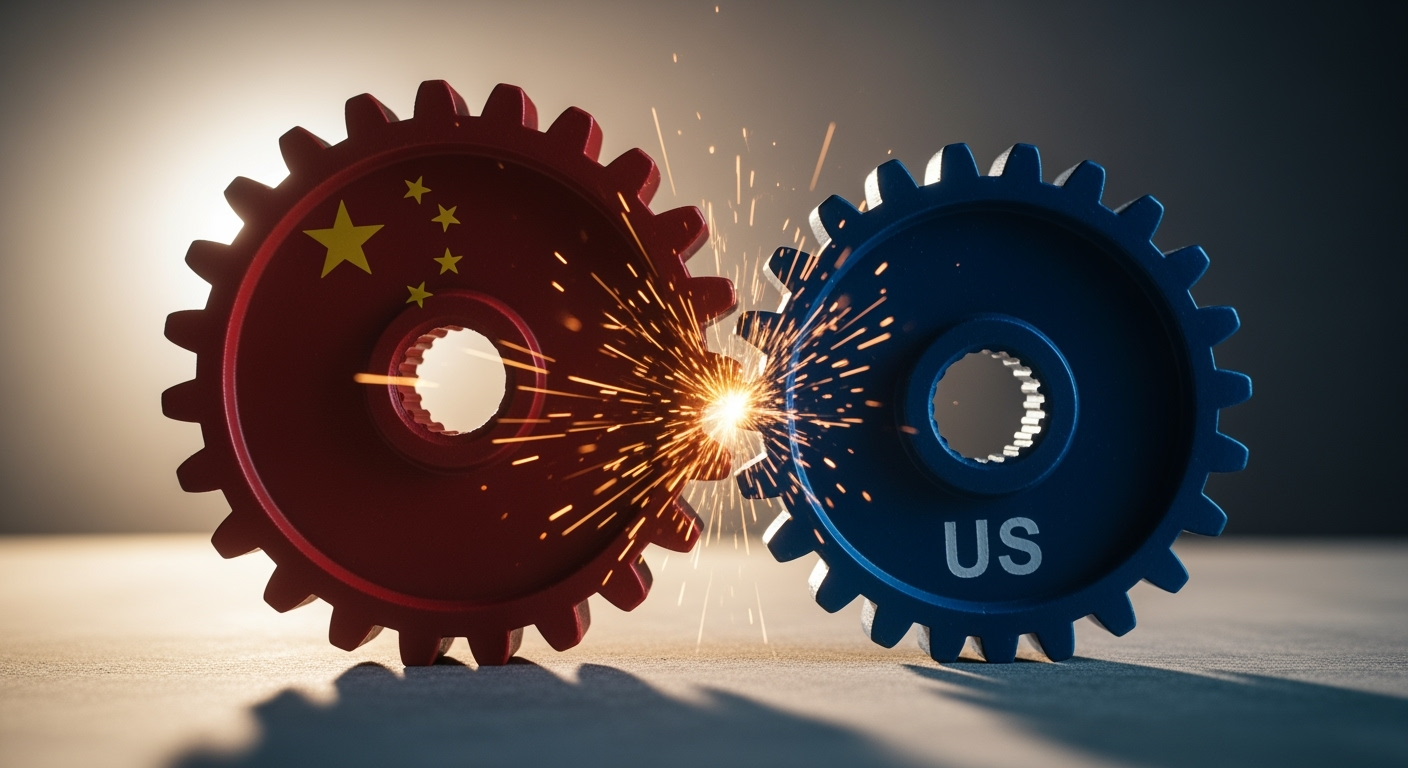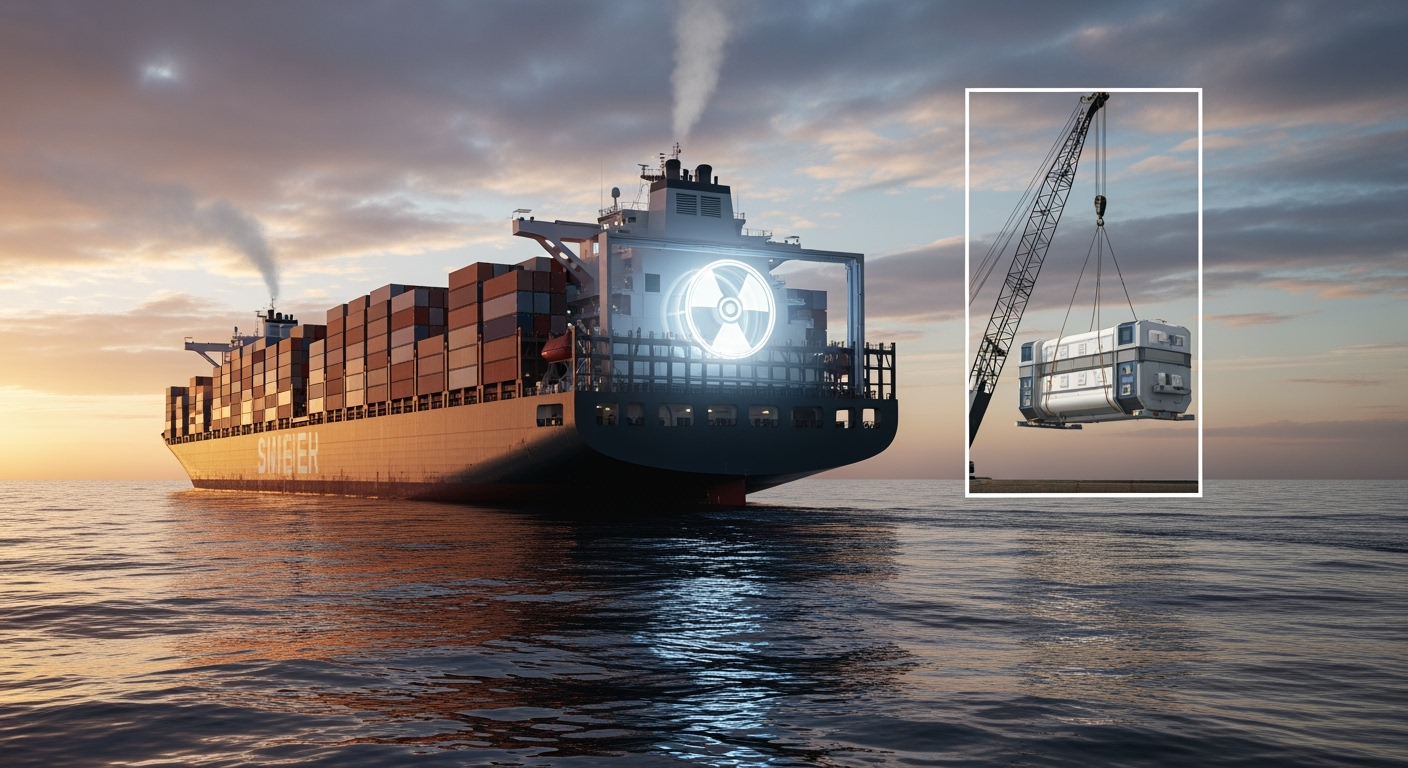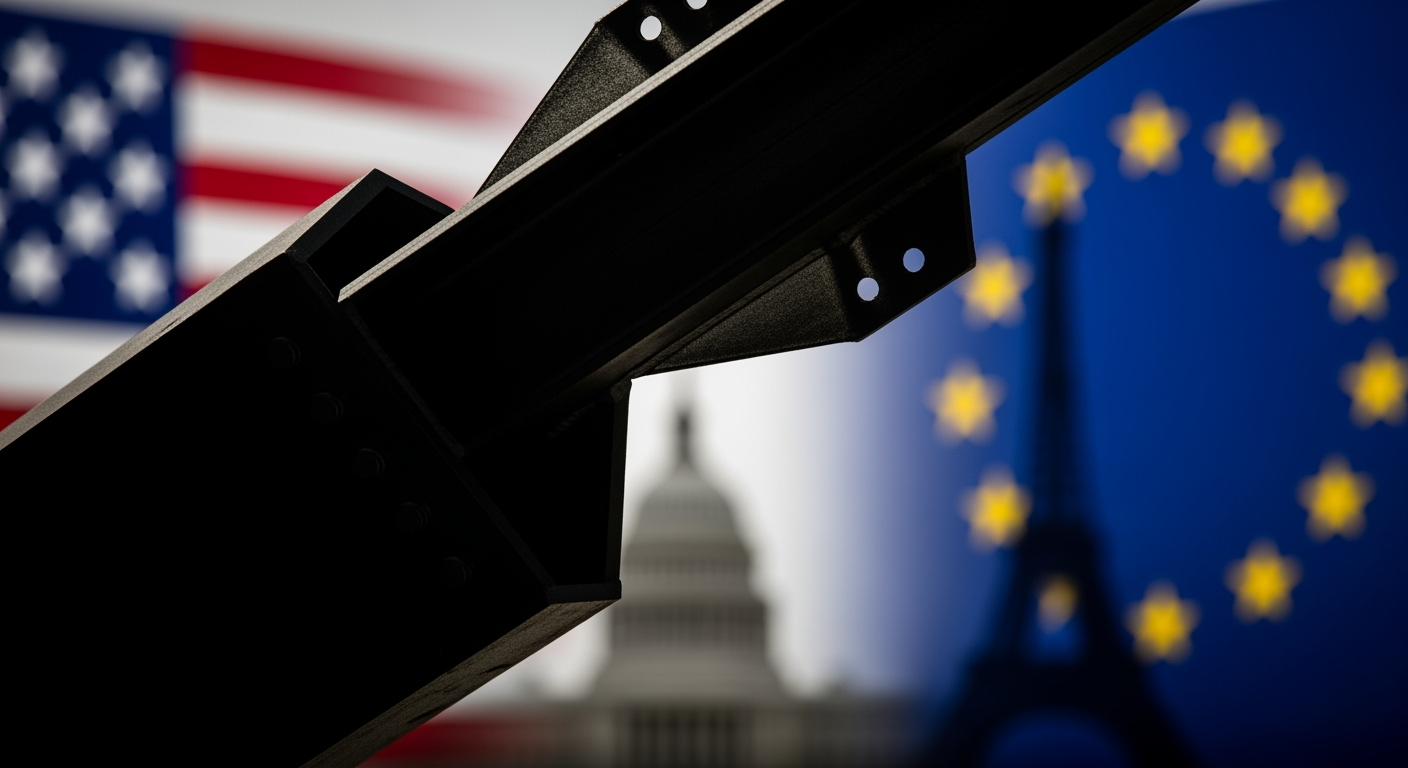Related Articles

China Intensifies Economic Pressure on U.S. Amid Escalating Trade War




Brussels, Belgium – The European Union has significantly intensified its trade dispute with the United States, proposing to double tariffs on steel imports and sharply cut existing quotas, a bold maneuver aimed at compelling Washington to ease its own punitive levies on European steel. The move, announced on October 7, 2025, signals a decisive shift in the EU’s approach to global trade, as it seeks to protect its struggling domestic steel industry and exert leverage in ongoing transatlantic negotiations.
The European Commission’s proposal, which still requires approval from EU member states and the European Parliament, would raise tariffs on steel imports exceeding a specific quota to 50%, a substantial increase from the current 25% duty. Concurrently, the annual tariff-free import quota would be reduced by 47%, shrinking from 33 million metric tons to 18.3 million metric tons. These measures are slated to take effect in June 2026, upon the expiration of the bloc's current steel safeguards. EU officials have explicitly stated that this aggressive stance serves as a "stepping stone" to reignite stalled talks with the United States and negotiate a reduction of the 50% tariffs currently imposed on EU steel exports.
The recent EU actions are the latest development in a protracted transatlantic trade dispute that traces its origins to 2018. That year, the administration of then-U.S. President Donald Trump imposed tariffs of 25% on steel and 10% on aluminum imports from various countries, including the EU, under Section 232 of the Trade Expansion Act, citing national security concerns. The EU responded with its own retaliatory duties on a range of symbolic American goods, such as bourbon, motorcycles, and jeans.
A temporary truce was brokered in October 2021, leading the U.S. to allow duty-free imports of EU steel and aluminum up to historical levels through a quota system, in exchange for the EU suspending its countermeasures. This agreement aimed to "re-establish historical transatlantic trade flows" and facilitate a joint effort to address global overcapacity in the steel and aluminum sectors. However, renewed tensions emerged in 2025. On June 3, 2025, President Trump's administration doubled the existing U.S. tariffs on aluminum and steel imports to a blanket 50%, effective the following day. This move followed earlier reintroductions of 2018 tariffs and additional duties in March 2025, further exacerbating trade friction. The EU's current proposal is a direct reaction to this renewed U.S. tariff escalation and the lack of substantial progress in ongoing negotiations.
The EU's steel sector has faced significant headwinds for years, grappling with high energy prices, intense competition from low-cost imports, particularly from China and India, and a declining share of global production, which has fallen from 9% to 7% since 2014. The industry has shed approximately 100,000 jobs over the past 15 years, though it still directly employs 300,000 people and indirectly supports more than 2 million jobs across the bloc. Since 2018, the European steel industry has lost over 30 million metric tons of steel in its internal and export markets, attributed to global overcapacity and the impact of U.S. Section 232 tariffs. Currently, EU steel producers are operating at only 67% capacity, with the new measures designed to boost utilization rates to a more viable 80-85%.
The European Commission maintains that its proposed measures are essential to "reinvigorate the bloc's ailing metals sector," shield it from "increasingly fierce global competition," and prevent Europe from becoming a "dumping ground" for cheap, often subsidized, foreign steel. Ursula von der Leyen, President of the European Commission, emphasized that "A strong, decarbonised steel sector is vital for the EU's competitiveness, economic security, and strategic autonomy." The European Steel Association (EUROFER) has welcomed the proposal as a "major leap forward" and a "lifeline" for the industry.
While the EU's proposed tariffs aim to bolster its domestic steel industry, the measures are poised to trigger a cascade of economic and political consequences. China, a major steel producer, swiftly condemned the EU's move as a "protectionist step" that could generate "significant challenging spillover effects across downstream industries." Similarly, the United Kingdom's steel industry expressed alarm, with its director general warning of a "potential disaster," given that the EU is the destination for 78% of British steel exports. The potential for disruption extends beyond primary steel producers. Downstream industries within the EU, such as automotive and construction, could face higher material costs and potential supply chain disruptions as a result of reduced import quotas and increased tariffs.
Some trade experts caution that these increased tariffs might inadvertently undermine the competitiveness of other European industries or provoke a broader wave of protectionist measures globally. The EU, however, asserts that its new measures are fully compliant with World Trade Organization (WTO) rules, specifically citing Article XXVIII of the General Agreement on Tariffs and Trade (GATT), which permits tariff increases under certain conditions. This contrasts with the U.S. Section 232 tariffs, which have faced criticism for being justified on unilateral national security grounds and have been challenged at the WTO. Despite the EU's claim of WTO compliance, some analysts question whether significantly increasing protection and cutting quotas aligns with the spirit of free trade or existing bilateral agreements, potentially leading to substantial compensation claims from affected trading partners.
The aggressive posture adopted by the European Union is a calculated gamble to break the impasse in transatlantic trade relations. EU officials hope that by mirroring the U.S. 50% tariffs, they can force Washington back to the negotiating table with a greater incentive to find a resolution. The long-stalled discussions on a "Global Arrangement on Sustainable Steel and Aluminum" (GASSA), initiated in October 2021, remain a key diplomatic objective, with the EU aiming to collaborate with the U.S. to jointly address global overcapacity, particularly from China, and promote decarbonization in the steel sector.
However, the path forward remains uncertain. The U.S. steel industry has largely welcomed the continuation of 50% tariffs, indicating a domestic constituency that benefits from the current protectionist measures. Furthermore, the broader U.S.-EU trade relationship, while substantial (the U.S. is the EU's biggest trading partner, accounting for 20% of its trade relationships), faces other points of friction, including the U.S. Inflation Reduction Act and the EU's Carbon Border Adjustment Mechanism. The EU is also actively diversifying its trade relations, negotiating with countries and blocs like Mercosur, India, and the UAE, signaling a broader strategy to reduce reliance on any single partner.
The European Union's decision to double steel tariffs and halve import quotas marks a pivotal moment in global trade dynamics. Driven by a pressing need to safeguard its domestic steel industry from intense global competition and U.S. protectionism, Brussels has adopted an assertive industrial policy. This high-stakes strategy aims to revitalize a critical sector and exert significant pressure on the United States to reconsider its current tariff regime.
The outcome of this escalation will have profound implications for transatlantic trade relations, the stability of the global steel market, and potentially for other industries facing similar pressures. While the EU frames its actions as a necessary defense and a catalyst for negotiation, the risk of further retaliatory measures and escalating trade disputes looms large, with potential impacts on industries and consumers worldwide. The coming months will determine whether this bold move paves the way for a new era of cooperation or entrenches a cycle of protectionism between two of the world's largest economic blocs.